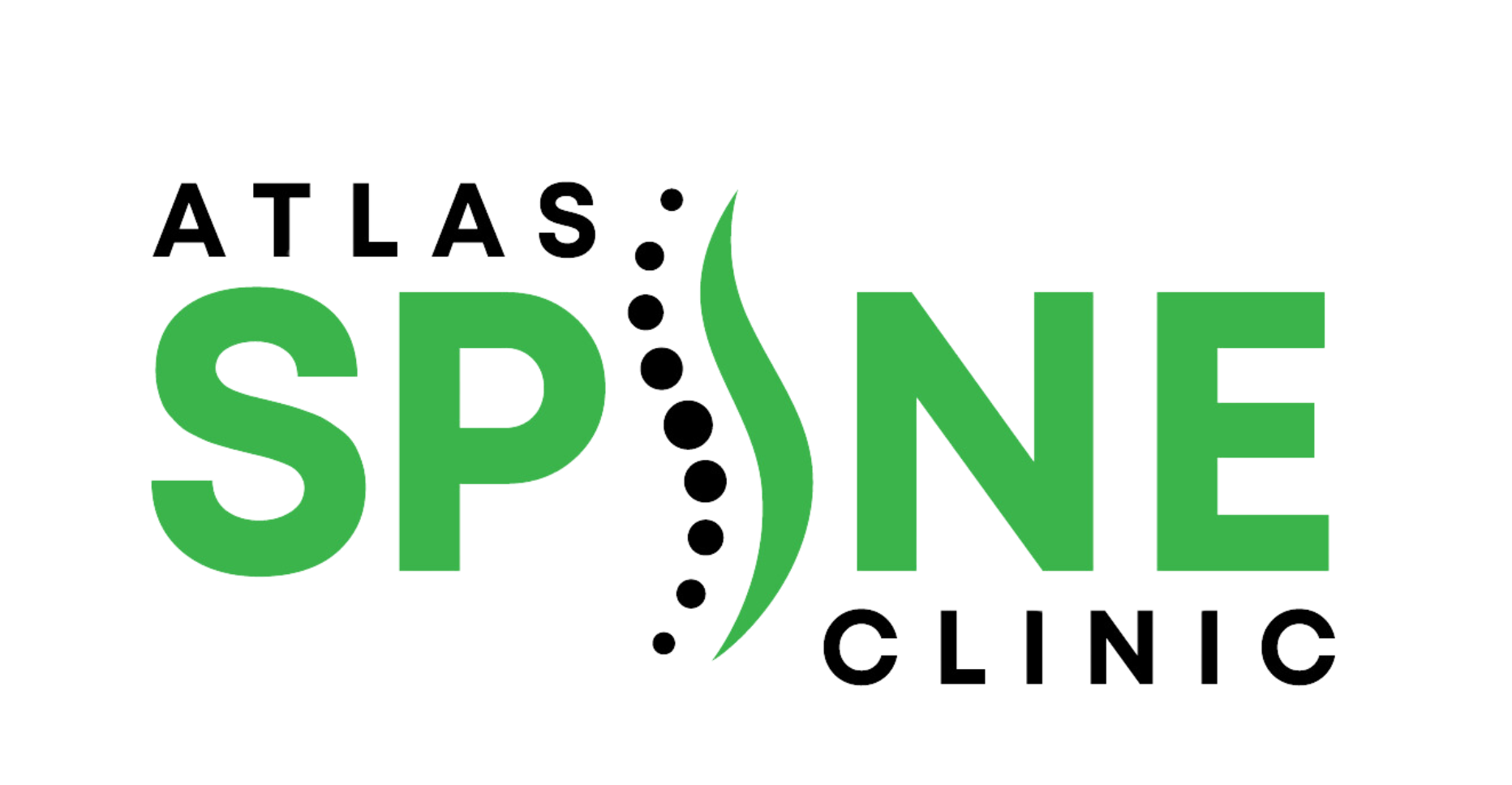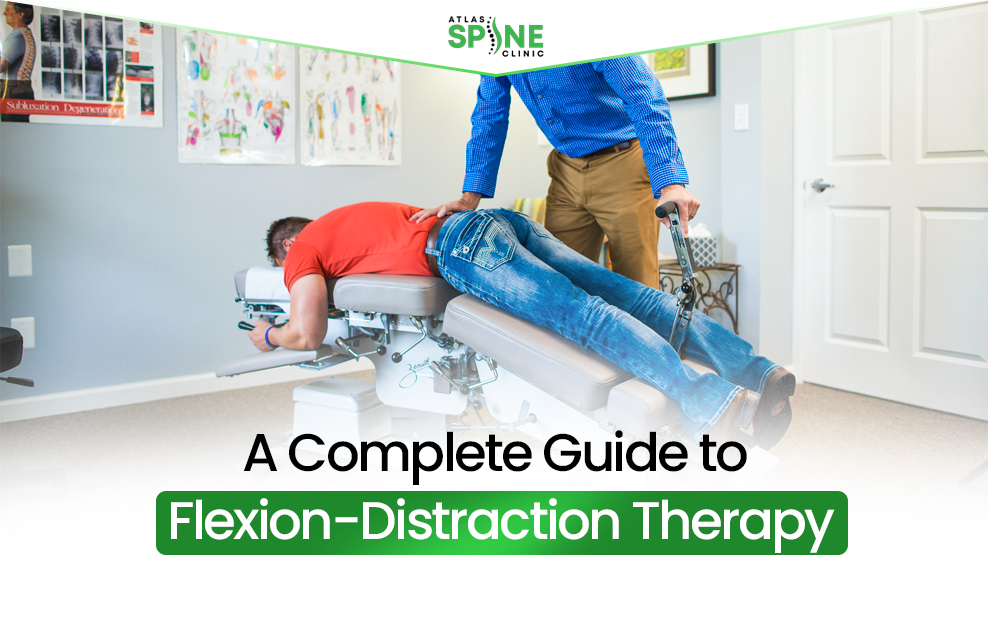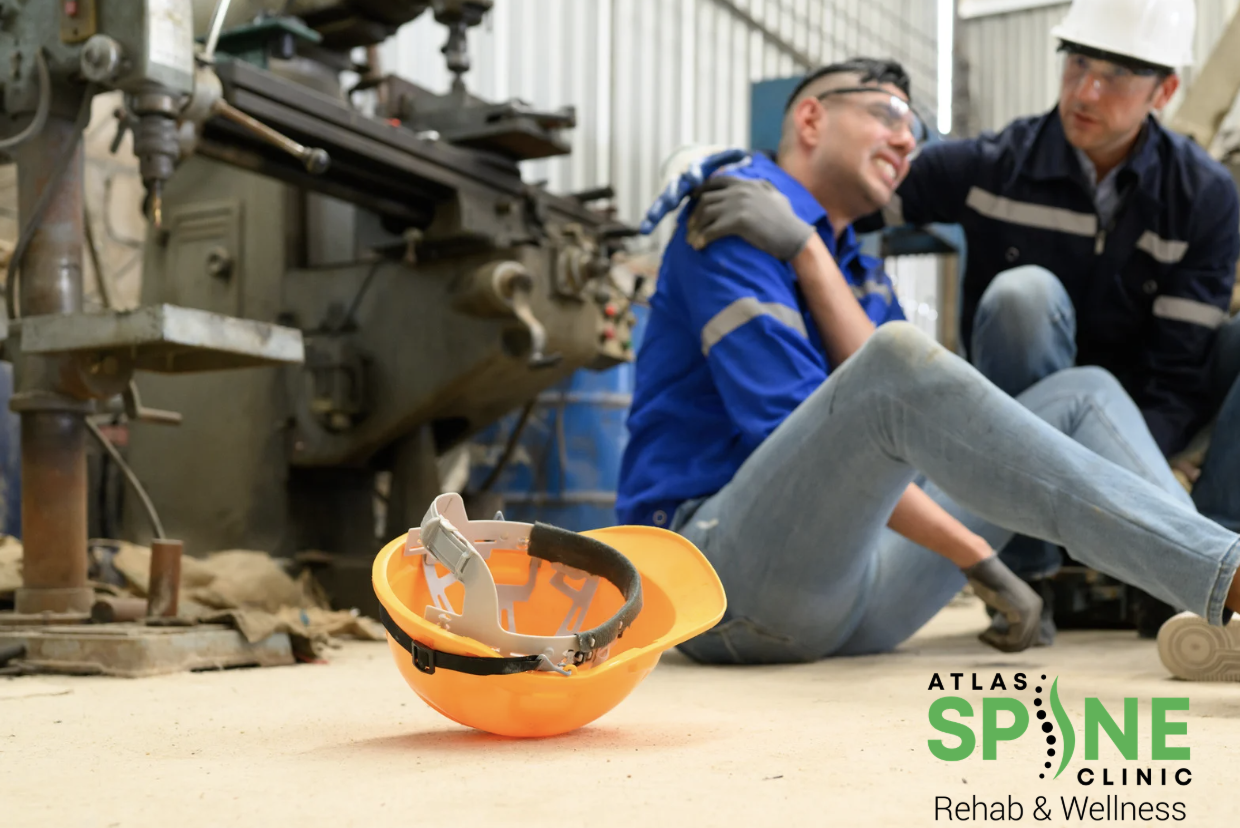Back pain has a way of sneaking into our lives—quiet at first, then gradually louder until it’s impossible to ignore. Now, imagine finding a gentle yet effective method that doesn’t involve surgery, scary machines, or endless medication. Sounds interesting, right?
That’s where flexion distraction steps in. Far from being just a clinical term, it’s a method that brings real change. It’s a real, hands-on approach that’s been helping people feel better, move freely, and live without constant back and neck pain.
What Is Flexion Distraction Therapy?
This is a chiropractic technique that focuses on relieving pressure from your spine, especially the lower back and neck.With a custom-built table, the spine is carefully stretched and eased in a steady rhythm to help reduce pressure. No cracking. No twisting. Just smooth, controlled movement.
Think of it as a kind of guided spinal yoga, where the table and the chiropractor work together to create space between your vertebrae, giving your discs and joints a chance to breathe and reset.
It’s often referred to as the Cox technique, named after the chiropractor who developed it. Over time, it’s become one of the most trusted non-invasive therapies for spinal care.
The Role of Flexion-Distraction in Easing Back and Neck Pain
When your spine hurts the pain can make it hard to sleep, focus at work, or feel good about yourself. The therapy is designed to target the root of the issue, right where it hurts the most.
When pressure builds up in the spine because of poor posture, injury, or disc issues—it can trigger pain that radiates through your back, hips, or even down your legs. This method gently stretches the spine, relieving pressure by increasing the space between the vertebrae. It’s like giving your spine room to chill out and heal naturally.
One of the biggest advantages is that it offers non-surgical spinal relief for people who aren’t ready to go under the knife or who want to try something less invasive first. Whether you’re recovering from a sports injury or simply trying to stand up without wincing, flexion distraction might just be the secret sauce.
How Does Flexion Distraction Technique Work
Alright, so what’s actually happening during a session?
You’ll lie down on a motorized chiropractic table that moves in a slow, calculated rhythm. The chiropractor applies pressure manually, targeting specific areas of your spine, while the table helps with stretching and movement. People often feel more relaxed during the session than they expected.
That slow stretch helps reduce pressure inside the discs in a safe and controlled way. This can help pull herniated or bulging material back into place, making it a great herniated disc treatment option. At the same time, the muscles and ligaments around the spine get a nice stretch, improving flexibility and circulation.
The therapy isn’t just about short-term relief. Over time, it works toward long-term correction and better spinal alignment.
Why Use Flexion Distraction
For starters, it’s non-invasive. You won’t need surgery, shots, or weeks of healing time.. Just a natural way to help your spine do what it’s designed to do—move and support you without pain.
It’s also super gentle, making it ideal for people who can’t handle traditional chiropractic adjustments or who are recovering from injury. And if you’ve tried a bunch of other methods without much success, this could be that one thing that finally clicks.
Plus, when done consistently, it becomes part of a holistic care plan that not only addresses pain but helps prevent it from coming back.
What Are the Benefits of Flexion-Distraction
Let’s break down the goodness a bit more clearly:
- Back pain relief without the need of drugs or surgery
- Creates space in the spine for better nerve function
- Improves spinal motion and flexibility
- Reduces pressure on discs and joints
- Enhances blood flow to injured areas
- Supports the body’s natural healing process
- Works well for both acute and chronic pain
- Safe for people with fragile bones or post-surgical limitations
It is also known to complement other therapies like lumbar spine therapy or physical rehabilitation. Think of it as something that works alongside your routine to improve results.
What Are the Conditions Treated by the Flexion-Distraction Technique
This technique is widely used for several common spine-related conditions, such as:
- Herniated or bulging discs
- Sciatica
- Spinal stenosis
- Scoliosis
- Degenerative disc disease
- Lower back sprains and strains
- Neck pain and whiplash
- Post-surgical back issues
Whether you’ve been battling chronic discomfort or just tweaked your back while picking up groceries, this unique therapy offers a route back to movement and comfort. It’s not a one-size-fits-all solution, but it’s adaptable and gentle enough for many different situations.
And yes—it also plays a role in spinal decompression therapy, making it a go-to for chiropractors handling tricky spinal issues.
Unlock the Potential of Flexion-Distraction Therapy with Atlas Spine Clinic
At Atlas Spine Clinic, we believe that healing shouldn’t be complicated. Our experts use flexion distraction to bring natural, gentle relief to patients dealing with all kinds of spinal issues. We understand that everyone’s body tells a different story, and this therapy lets us customize care in a way that feels personal and effective.
You won’t just feel better after a session. You’ll start to move better, sleep deeper, and get back to doing the things you love—without flinching or avoiding stairs. We blend the best of chiropractic technique and modern tools to help your spine feel supported every step of the way.
And if you’ve been looking for something that finally feels right, this just might be it.
Wrapping Up
So, is flexion distraction the right choice for your back or neck pain?
If you’ve been on the fence about trying something different, something gentle, proven, and designed to treat the core of the problem, then this therapy deserves your attention. It combines the precision of science with the power of touch, offering a refreshing alternative to surgeries or heavy medications.
Remember, your spine isn’t just a stack of bones—it’s your body’s central support system. Give it the care it deserves, and you might just find your whole life feels a little lighter.






